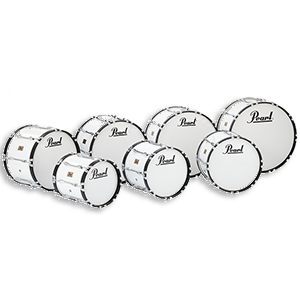


Some tracks also have exchanges and drum solo space: we've added finger snaps during those sections so the drummer can be aware of where the pulse lies. It's just you and a great rhythm section, accompanying the melody and soloists. With our Minus You audio tracks, there's no other drummer to fight with.
#DRUM TRANSCRIPTIONS JAZZ FREE#
The only way to truly learn a style is by immersing yourself in it and the best way to do that is by listening to the music often. Yeah, FREE stuff Below you will find a fine selection of my (sometimes hand written) drum transcriptions, drum scores & drum exercise work sheets. So, now you’ve got the basics of jazz drumming down it’s time to go and get the earphones on.

Can you compliment what’s happening in the music? Play along with a metronome as before and also along to some jazz records – you will hear what all the other musicians are doing and pick up some tasty ideas. Mix and match the patterns to create interesting little motifs – play something with the snare then repeat it on the bass – sing a melody in your head then try to comp it. Play four bars of time followed by four bars of comping with a variety of patterns on the snare and bass. The next exercise will help you to develop that freedom along with your jazz sensibility.
#DRUM TRANSCRIPTIONS JAZZ HOW TO#
Once you are comfortable and have a good sound with the comping examples, you will want to learn how to improvise with them. When it’s grooving repeat the exercise comping with the bass drum. Play each bar at least thirty two times before moving on to the next. Try to keep the ride/hi-hat groove consistent throughout. Watch the video then practice these patterns to a click at a slow to moderate tempo. The video and the transcription demonstrate basic eighth note comping ideas. It requires good interdependence between your limbs, a good ear and responsiveness to what’s going on around you. It helps to enhance the feel of the music and create a dynamic conversation between you and the other players.Ĭomping involves playing little patterns on the snare and bass drum which support and drive the music. This means to accompany and compliment the music with your drumming. Once you are comfortable with the basic jazz pattern the next step is to work on comping.


 0 kommentar(er)
0 kommentar(er)
